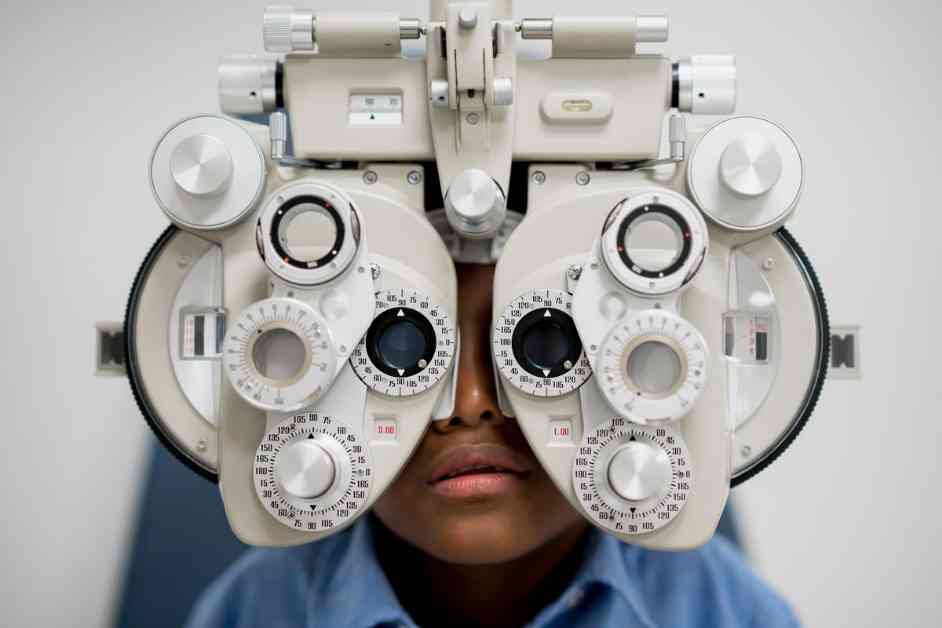In 350 B.C.E., Aristotle made the first observation of what is now known as nearsightedness or myopia. Fast forward over two thousand years later, health officials are raising alarms about the increasing prevalence of myopia globally. The condition has become an epidemic, affecting up to 88 percent of some Asian populations. But myopia is not just an Asian issue—it is a growing concern worldwide. By 2050, it is estimated that half of the world’s population, about five billion people, will be nearsighted.
The United States has also seen a rise in myopia cases, with prevalence rates jumping from 25 percent in the early 1970s to 42 percent in the early 2000s. Myopia is a leading cause of visual impairment and can lead to serious eye conditions such as detached retinas and glaucoma. The National Academies of Sciences, Engineering, and Medicine (NASEM) recently released a report titled Myopia: Causes, Prevention, and Treatment of an Increasingly Common Disease. The report includes recommendations to address the myopia epidemic, such as reclassifying myopia as a disease that requires a medical diagnosis.
Dr. Terri L. Young, co-chair of the NASEM committee, explained that myopia is a condition where individuals can see objects up close clearly but have blurred vision at a distance. The focus of light in myopic eyes occurs in front of the retina, leading to vision problems. The rise in myopia rates is attributed to factors such as increased indoor activities, lack of outdoor playtime, and excessive use of electronic devices.
Countries like Singapore and China have implemented measures to combat myopia, including increasing outdoor playtime for children and using atropine eye drops as a treatment. The NASEM report emphasizes the importance of recognizing myopia as a disease to address its short- and long-term visual health consequences. It calls for collaboration among parents, educators, policymakers, and healthcare systems to improve screening, treatment, and prevention efforts.
In conclusion, raising awareness about myopia and taking proactive steps to address the condition is crucial for the future visual health of children and the overall population. By understanding the causes of myopia and implementing measures to prevent and treat it, we can work towards reducing the impact of this global epidemic.










